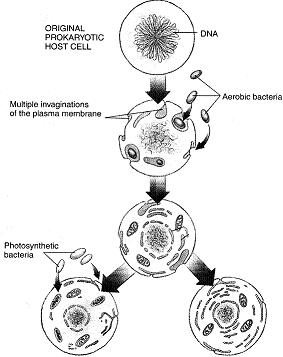During a scientific experiment, the control group is used to directly test or measure the consequences of a variable in the study.
Answer the following statement true (T) or false (F)
False
You might also like to view...
What conclusions are consistent with these data? (Select all that apply.)
A researcher is studying the rII locus of phage T4. Three rII- strains are obtained: A, B, C, and D. In the first experiment, E. coli strain K(?) is coinfected with two rII- strains simultaneously and the results are recorded. Infection with A and B phage = plaques form Infection with A and C phage = plaques form Infection with B and C phage = no plaques form Infection with B and D phage = no plaques form Infection with C and D phage = no plaques form In a second experiment, coinfections are performed first in E. coli strain B, then the progeny phage are used to infect E. coli strain K(?). Progeny of A and B phage = plaques form Progeny of B and C phage = plaques form Progeny of C and D phage = plaques form Progeny of B and D phage = no plaques from A) Strains B and D both carry the same mutation. B) Strains B, C, and D carry mutations in the same gene. C) Strain A carries a mutation in a different gene than strains B, C, and D. D) Strains A and B carry mutations in the same gene. E) Strains B and C both carry the same mutation. F) A, B, C, and D carry mutations in the same gene.
The theory illustrated in Figure 21-1 is supported by which piece of additional evidence?

a. The results of the Miller-Urey experiment.
b. Burgess shale fossils.
c. Ediacarian fossils.
d. The presence of DNA in some organelles.
e. All answers support the illustrated theory
What gas do plants release during photorespiration?
A) water vapor B) oxygen C) carbon dioxide D) carbon monoxide
The loading of dissolved sugars into the sieve tube elements of phloem is:
a. passive transport. b. active transport. c. osmosis. d. simple diffusion. e. facilitated diffusion.